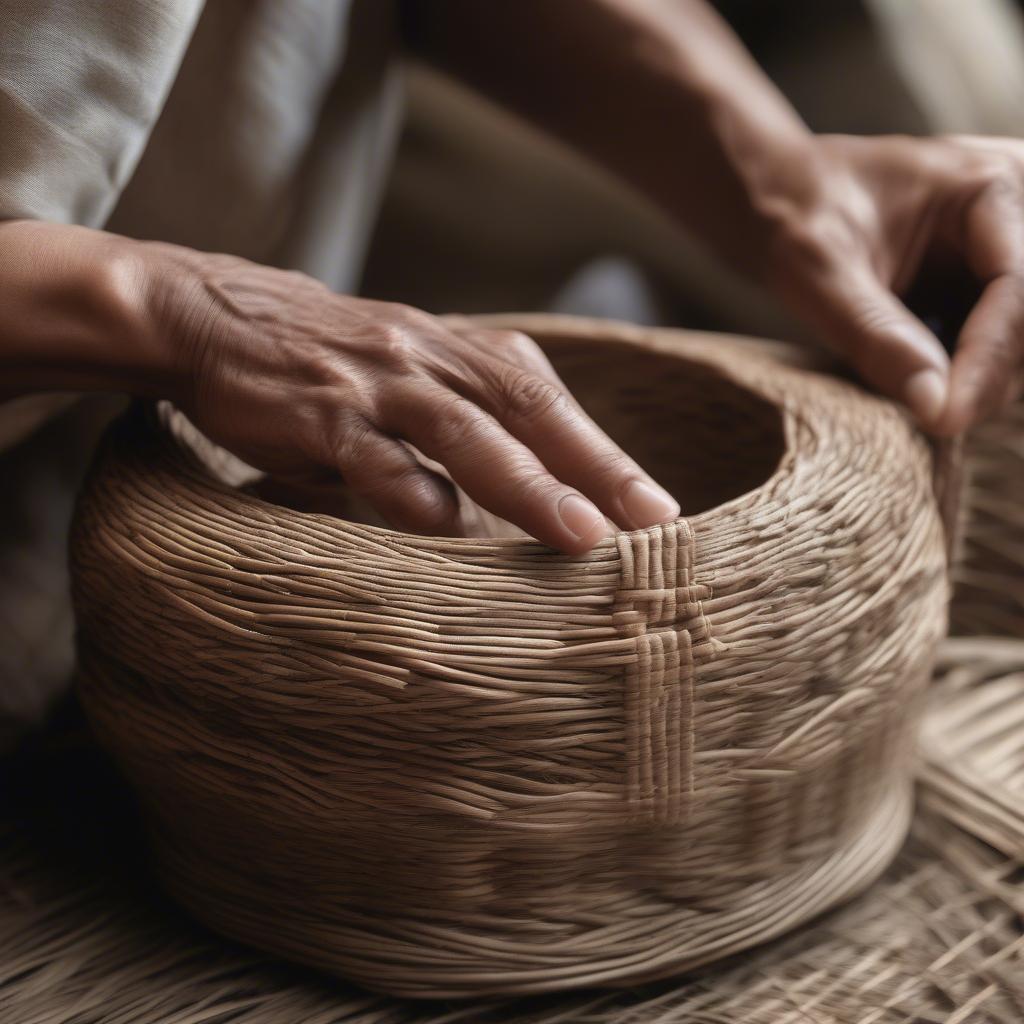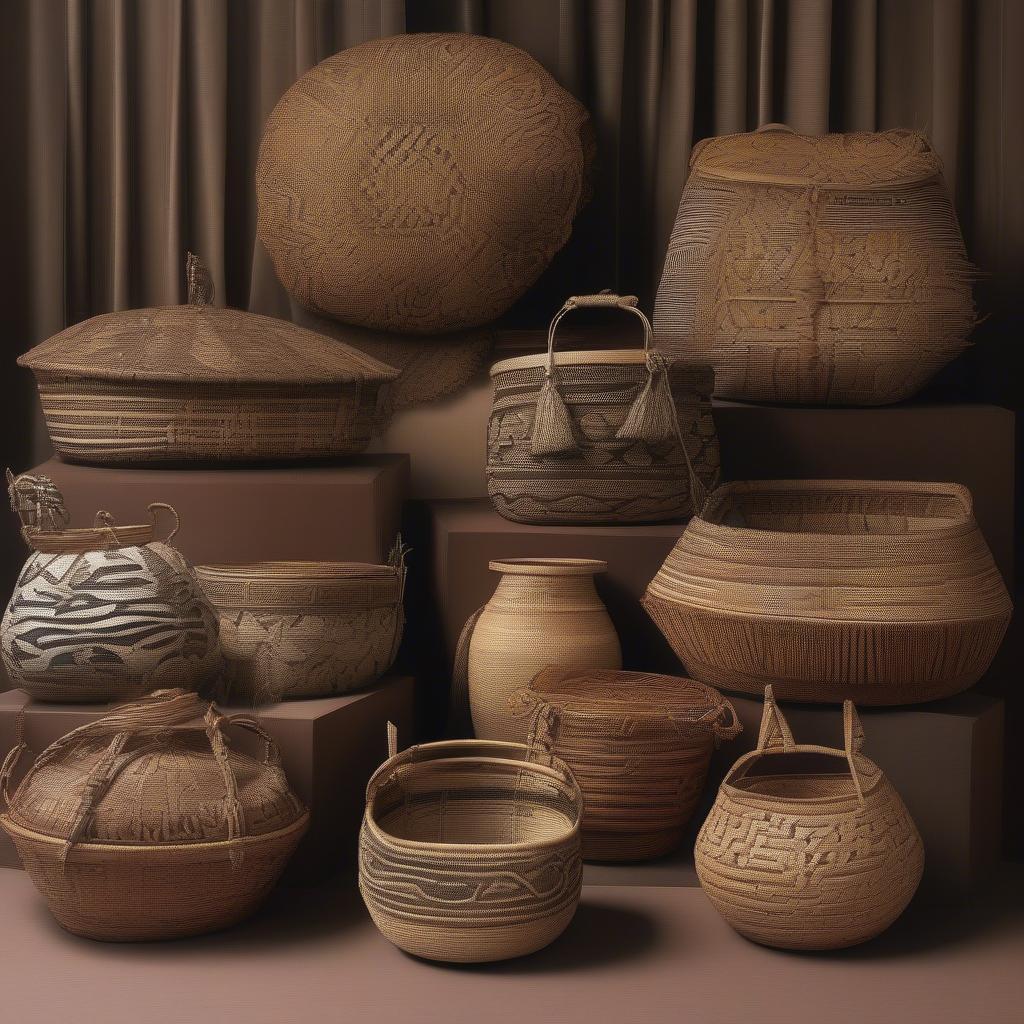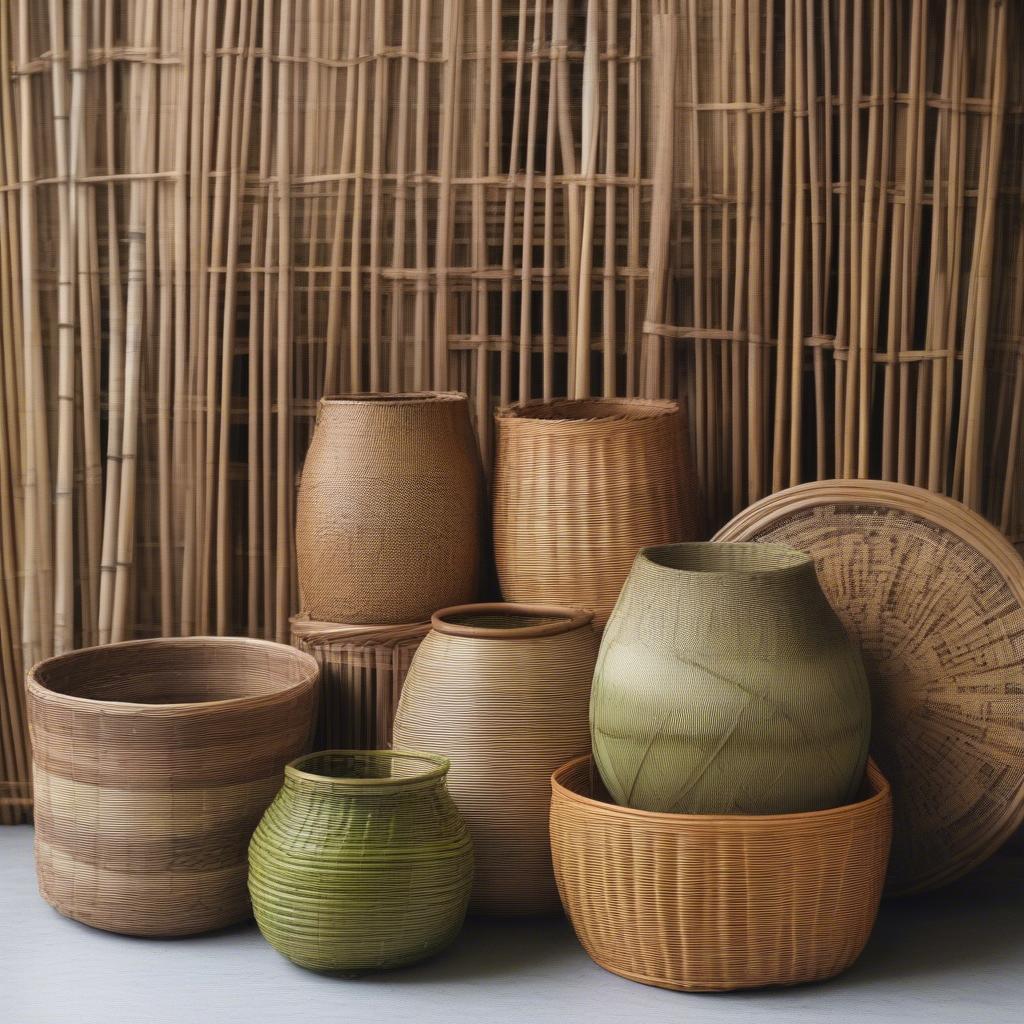Basket Weaving
Traditional Basket Weaving in the Philippines: A Rich Cultural Heritage
Traditional basket weaving in the Philippines is a captivating art form deeply intertwined with the country’s vibrant culture and history. For centuries, Filipinos have crafted exquisite baskets using locally sourced materials, transforming simple reeds and fibers into functional works of art. This article delves into the fascinating world of Philippine basketry, exploring its rich traditions, diverse techniques, and enduring significance in the modern world.
A Legacy of Craftsmanship: Exploring Traditional Basket Weaving in the Philippines
Philippine basket weaving is more than just a craft; it’s a testament to the ingenuity and creativity of the Filipino people. Passed down through generations, these techniques reflect a profound connection to nature and a deep respect for ancestral knowledge. From everyday household items to ceremonial objects, baskets hold a significant place in Filipino life.
The Diversity of Philippine Basket Weaving Traditions
The Philippines boasts a remarkable variety of basket weaving traditions, each region exhibiting its own unique styles, materials, and patterns. For example, the Ifugao people of the Cordillera region are renowned for their sturdy and intricately woven “binali” rice baskets. Meanwhile, the T’boli tribe of South Cotabato creates stunning “t’nalak” baskets adorned with vibrant geometric designs. These regional variations add to the richness and complexity of Filipino basketry.
 Diverse Philippine Basket Weaving Techniques
Diverse Philippine Basket Weaving Techniques
Materials and Techniques: From Harvest to Handcrafted Masterpiece
Traditional basket weaving in the Philippines relies heavily on natural materials, primarily harvested from the surrounding environment. Bamboo, rattan, nito, pandan, and abaca are some of the commonly used fibers. The process often begins with the careful selection and preparation of these materials, ensuring their flexibility and durability. Weaving techniques vary depending on the region and the desired outcome, ranging from simple plaiting to complex twining and coiling.
The Cultural Significance of Baskets in Filipino Society
Baskets are integral to Filipino culture, playing essential roles in daily life, rituals, and ceremonies. They serve as containers for storing and transporting goods, tools for harvesting crops, and even decorative pieces that adorn homes. In some communities, baskets hold symbolic meaning, representing prosperity, abundance, and connection to ancestors.
Beyond Functionality: Baskets as Art and Symbolism
While practicality remains a key aspect of Filipino basket weaving, the artistry and symbolism woven into these creations elevate them beyond mere utilitarian objects. The intricate patterns and designs often reflect cultural narratives, beliefs, and values. Some baskets are specifically created for ceremonial purposes, used in rituals related to birth, marriage, and death.
 Filipino Ceremonial Baskets
Filipino Ceremonial Baskets
“The beauty of Filipino basket weaving lies not only in its technical skill but also in its ability to convey stories and traditions,” says Maria Reyes, a renowned basket weaver from Luzon. “Each basket carries within it a piece of our cultural heritage.”
Preserving the Tradition: The Future of Traditional Basket Weaving in the Philippines
In an increasingly globalized world, preserving traditional crafts like basket weaving faces numerous challenges. However, many Filipino artisans and communities are actively working to keep these traditions alive. Through workshops, exhibitions, and collaborations with designers, they are introducing traditional basket weaving to new audiences and ensuring its continued relevance in the modern world.
What Makes Philippine Basket Weaving Unique?
Philippine basket weaving distinguishes itself through its unique blend of functionality, artistry, and cultural significance. The diversity of materials and techniques, combined with the intricate designs and patterns, creates a rich tapestry of basketry traditions. Furthermore, the deep connection between basket weaving and Filipino culture adds another layer of meaning and value to these handcrafted masterpieces.
 Traditional Filipino Basket Materials
Traditional Filipino Basket Materials
“Filipino basket weaving is a testament to the resilience and creativity of our people,” adds Juan Santos, a cultural anthropologist specializing in Philippine art. “It’s a living tradition that continues to evolve while staying rooted in our heritage.”
Conclusion
Traditional basket weaving in the Philippines is a vibrant and enduring art form that reflects the country’s rich cultural heritage. From the intricate designs to the natural materials used, each basket tells a story of tradition, skill, and connection to the land. As we continue to appreciate the beauty and artistry of Filipino basketry, we also contribute to the preservation of this valuable cultural legacy.
FAQ
-
What are the most common materials used in traditional Filipino basket weaving?
- Common materials include bamboo, rattan, nito, pandan, and abaca.
-
Where can I learn more about Philippine basket weaving?
- You can find more information online, in museums, and through cultural centers promoting Filipino arts and crafts.
-
Are traditional Filipino baskets still used today?
- Yes, they are used for both practical and ceremonial purposes.
-
How can I support Filipino basket weavers?
- Purchase authentic handcrafted baskets directly from artisans or through reputable organizations that support their work.
-
What are some of the different types of Filipino baskets?
- Examples include the “binali” rice baskets of the Ifugao and the “t’nalak” baskets of the T’boli.
For further assistance, please contact our Hotline: +84 388 951 999, or visit our offices in Hanoi, Vietnam, or Tech Avenue, Suite 12, San Francisco, CA 94105, USA. We have a 24/7 customer service team available to assist you.
